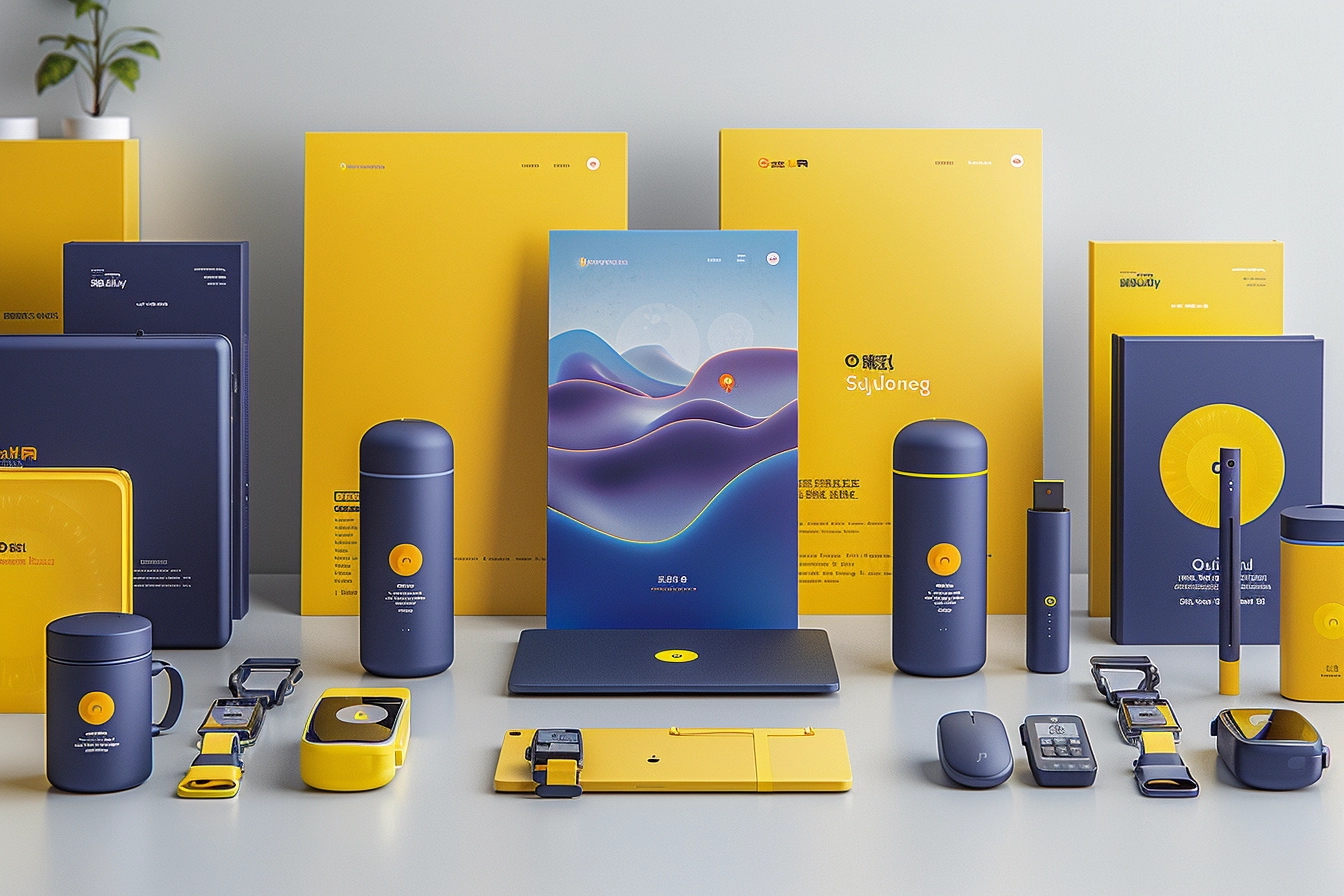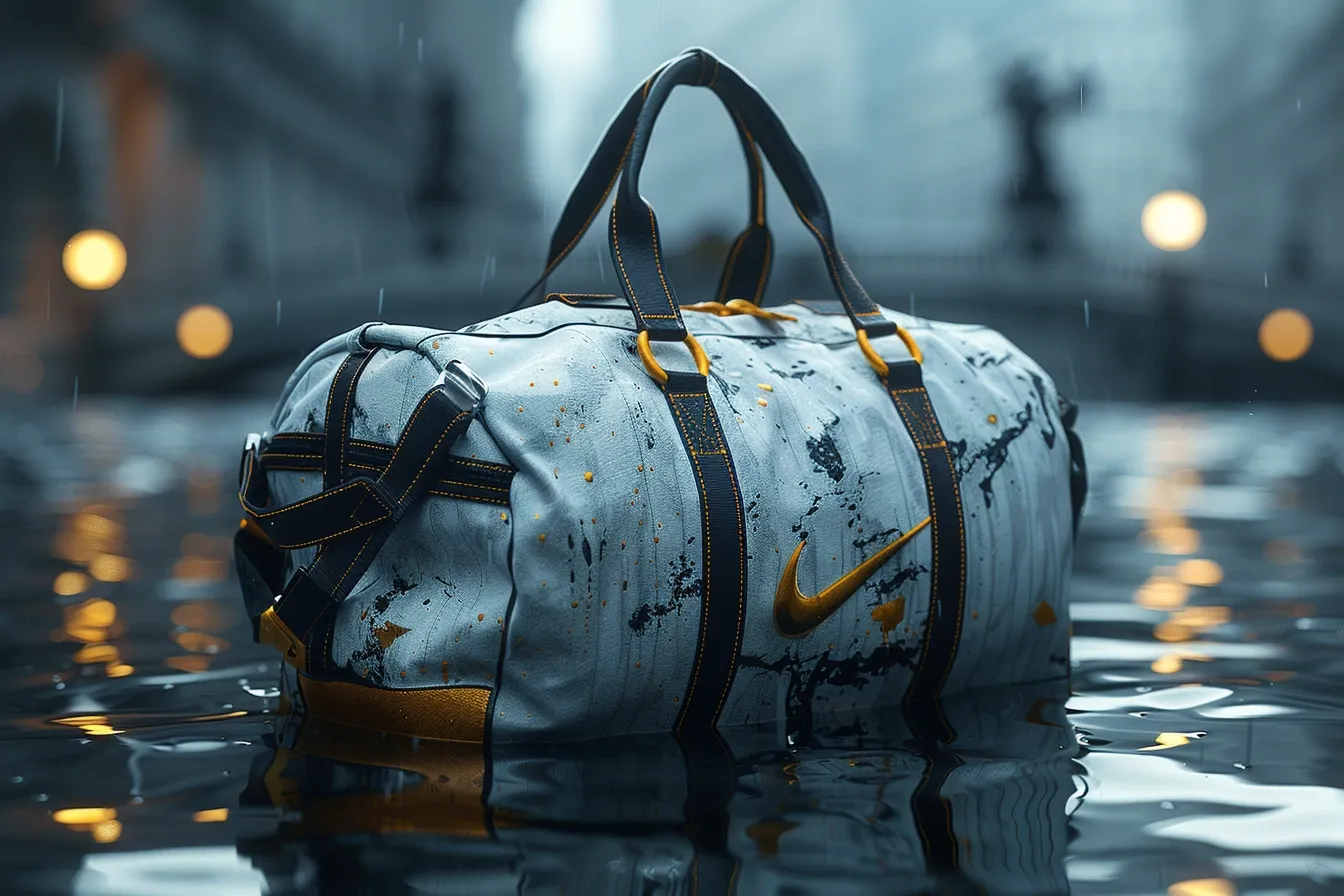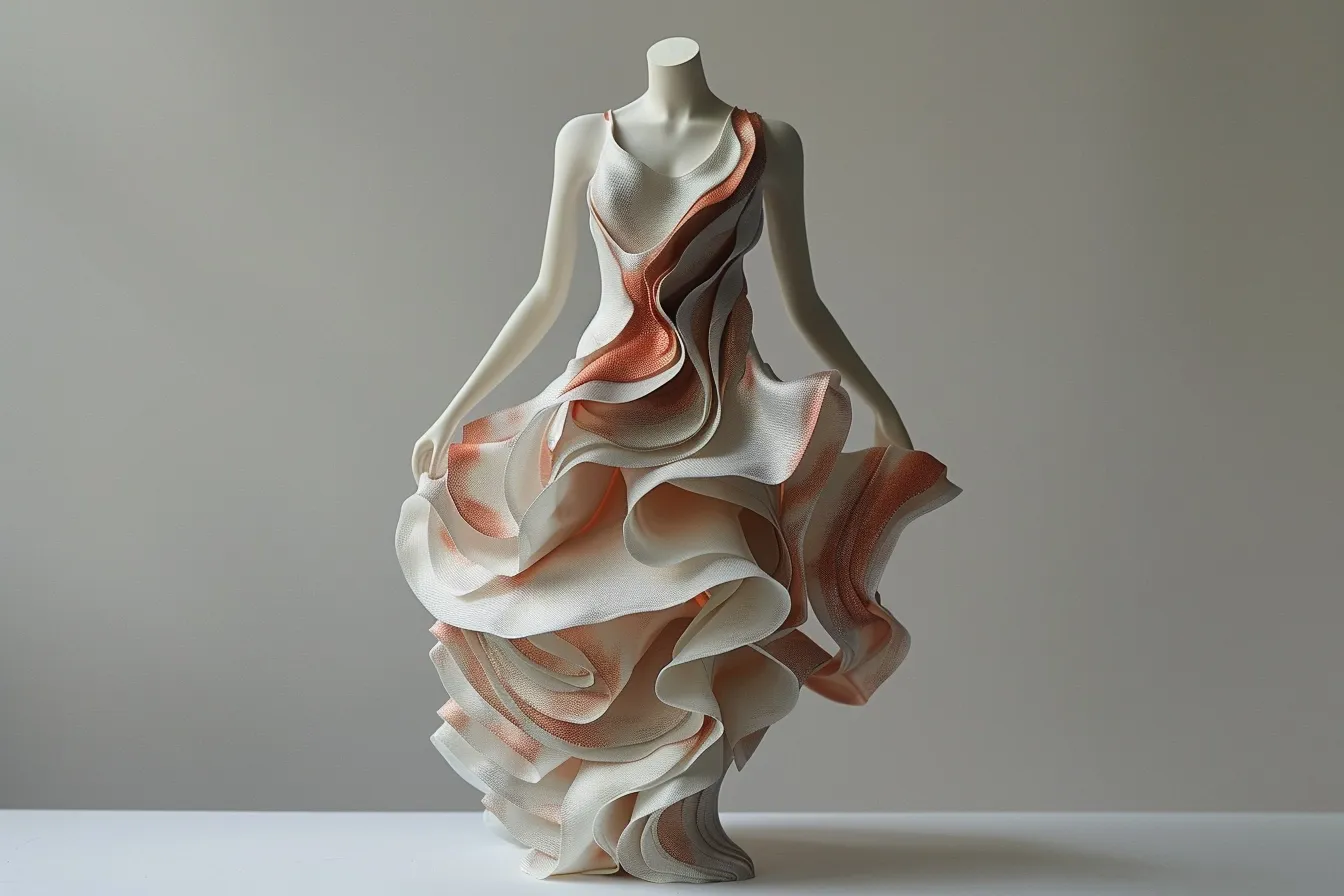The Psychological Impact of Shapes in Branding and Logo Design
When it comes to branding and logo design, the choice of shapes is not random. This decision is based on psychological concepts that impact human perception and emotion. The study of forms in psychology is a crucial element of design that allows companies to convey their values, identities, and commitments to consumers non-verbally. Let’s delve into how various shapes may provoke distinct emotions and connections in the observer’s mind, ultimately affecting their view of a brand.

The Influence of Shapes on Human Psychology
Since we are visual beings, the shapes, colors, and patterns in our surroundings constantly affect us. We are socialized from an early age to link particular forms to particular meanings and feelings. Consider the harmony and wholeness of circles, the dependability and stability of squares, and the aggressive and dynamic quality of triangles. These connections influence how we perceive visual inputs and are not just accidental; rather, they are profoundly embedded in our minds.
-
Circles: Symbolize Unity, Harmony, and Protection
In both natural and man-made buildings, circles are ubiquitous and represent infinity, harmony, oneness, and protection. In branding, businesses that want to project an image of friendliness, inclusivity, and security frequently choose circular logos. Since circles don’t have harsh corners, they create a feeling of smoothness and continuity, which makes them a great option for firms that want to come off as more friendly and kind. Circle logos are used by companies like Starbucks and BMW to appeal to consumers’ need for trust and a sense of community by creating a sense of community and dependability.
-
Squares and Rectangles: Symbolize Stability and Trustworthiness
Rectangles and squares stand for steadiness, dependability, and credibility. These shapes are favored by financial institutions, IT firms, and other sectors where stability and trust are critical since they are seen as systematic and predictable. Customers are reassured of the brand’s trustworthiness by the use of squares and rectangles in logos, which represent a foundation of strength and professionalism. These shapes are used in the emblems of Microsoft and Samsung, for example, to convey their dedication to quality and innovation inside a solid, dependable framework.

-
Triangles: Symbolize Movement, Energy, and Aggression
Triangles are dynamic forms that imply anger, movement, and energy. Triangles are directional shapes that, depending on how they are oriented, can indicate either upward movement or stability. Triangles are frequently used in logos by companies that want to come off as creative, dynamic, and forward-thinking. Because of its sharp angles, which may also denote excitement or danger, this design is appropriate for businesses in the adventure, sports, and entertainment industries. Brands that employ triangles to communicate action and progress include Adidas and Google Play.
When it comes to branding and logo design, the psychology of forms is a powerful tool for conveying a company’s identity and ideals without using words. Designers and marketers may create logos that strongly resonate with their target audience and develop a strong emotional connection between the company and its customers by understanding the psychological and emotional reactions that different shapes can elicit. In addition to helping a company stand out from the competition, a well-designed logo has a significant impact on how consumers perceive and behave.
Emotions play a significant role in branding because they foster a deep connection between people and the brand, ultimately leading to the development of a strong bond.
Find out more about the power of emotions:
Mastering the Art of Shape and Color in Brand Identity
Beyond simple aesthetics, branding strategically integrates shapes and colors to tell a compelling story that deeply connects with the target audience. With a deeper look at the thinking behind the form choices and examples from well-known businesses, let’s see how firms have effectively used these aspects to create iconic identities.

The Symbiotic Relationship Between Shape and Color
Shapes serve as more than simply decorative components in branding; they are symbols. They may express a brand’s ethos, values, and personality when paired with color. When designing a logo or other brand graphics, form establishes an initial tone that color then refines and intensifies. This combination can elicit certain feelings from the audience, increasing the brand’s relatability and memorability.
Famous Brand Logos that Perfectly Combine Shape and Color
- Apple: The bitten apple form of the Apple logo is symbolic of intelligence, creativity, and curiosity. The apple’s smooth, rounded edges suggest approachability and simplicity, but its black or silver hue suggests refinement and superior quality. This blend of elements flawlessly captures Apple’s brand identity as a pioneer in cutting-edge technology and intuitive design.
- Nike: The brand’s emphasis on accomplishment and athleticism is reflected in the swoosh, which represents motion and speed. A strong sense of elegance and resolve is produced by the shape’s simplicity paired with the assertiveness of the black or white hue. Customers are encouraged by this dynamic logo to see Nike as a lifestyle option that is focused on excellence and advancement rather than merely a brand.
- McDonald’s: One of the most identifiable images in the world, the golden arches of McDonald’s stand for the company’s amiable and upbeat character. Happiness and optimism are evoked by the brilliant yellow hue, while a sense of camaraderie and warmth is suggested by the rounded arches. McDonald’s brand as a welcoming, easily accessible location for friends and family to enjoy is aptly captured by this logo.
- Mercedes-Benz: The three-pointed star encircled by a circle that serves as the company’s emblem represents refinement, elegance, and invention. The brand’s supremacy across several modes of transportation is shown by the star points, which stand for land, sea, and air. The brand’s positioning as a premium automaker is supported by the shape’s simplicity, symmetry, and usage of silver, which all communicate elegance and high quality.

The aforementioned examples show how significantly a brand’s identity can be impacted by the appropriate use of color and shape combinations. These components come together to form a visual language that quickly conveys the essence and values of the brand. Firms may establish a strong and enduring bond with their audience by meticulously choosing hues and forms that complement their brand story.
Advanced Techniques for Using Colors and Shapes in Branding
Staying ahead in the quickly changing field of brand design demands not only a thorough comprehension of the psychological effects of colors and shapes but also a knowledge of cultural quirks and the capacity to predict emerging trends.
Dealing with Cultural Variances in the Design Process
Cultural sensitivity is an important factor in global brand strategy since various cultures have quite diverse ways of seeing forms and colors. For instance, white is a hue of sorrow in several Eastern civilizations, despite being connected to purity and marriage in many Western societies. Similar to how certain circumstances may associate the color green with luck, freshness, and nature, others may associate it with negative connotations.
Explore the psychology behind color choices in branding:

It’s critical for companies looking to go worldwide to comprehend these cultural quirks. Brands may engage a wider range of consumers by customizing their visual identity to reflect the cultural values and preferences of their target markets.
Anticipating and Adapting to Trends
Although the fundamental psychology of colors and shapes never changes, how these aspects are interpreted might alter in response to cultural shifts and fashion trends. Brands can stay relevant and appealing in a shifting market if they can effectively predict and modify their visual identity to suit current trends while adhering to their key principles.
This flexibility may entail modest revisions to the form or color scheme of a logo to maintain the brand’s modern vibe without weakening its identity or message. To provide a feeling of innovation, a company may, for example, update its logo by using a different shade of its original color or by using a different form to emphasize a new emphasis or direction.
Know more about contrast and balance in branding:
Leveraging Technology and Innovation
Technology and design tool developments provide companies with previously unheard-of chances to play with color and shape in dynamic, interactive ways. More flexible and adaptive brand identities—where components may alter depending on the situation or user interaction—are particularly possible with digital platforms, offering a more individualized brand experience.
A brand might, to make its identity more dynamic and interesting, utilize a logo that alters in color or shape depending on the platform or in reaction to user interaction. This strategy not only grabs the attention of the audience but also strengthens the brand’s image as creative and flexible.

Case Study: Google
One of the best examples of a brand utilizing technology, predicting trends, and overcoming cultural differences is Google’s development of its logo. The switch to a more straightforward, geometric logo and the use of a striking yet recognizable color palette demonstrate the brand’s dedication to usability and accessibility. Google’s Doodles demonstrates the brand’s worldwide awareness and capacity to stay current and dynamic by changing the logo to commemorate different cultural events and anniversaries.
Using colors and shapes strategically for branding is a challenging but rewarding process that calls for striking a balance between cultural sensitivity, psychological insight, and forward thinking. Brands can build identities that not only stand out but also resonate globally by understanding the deep-rooted connections individuals have with different shapes and colors, and how these might vary between cultures and evolve.
Explore the top 3 secrets to brand differentiation:
Those who are adept at using colors and shapes in a deliberate, creative, and culturally sensitive way will prosper in a world where it is getting harder and harder for brands to stand out from the competition. These people will be able to build enduring relationships with their target market and maintain their relevance in the rapidly evolving field of brand design.



